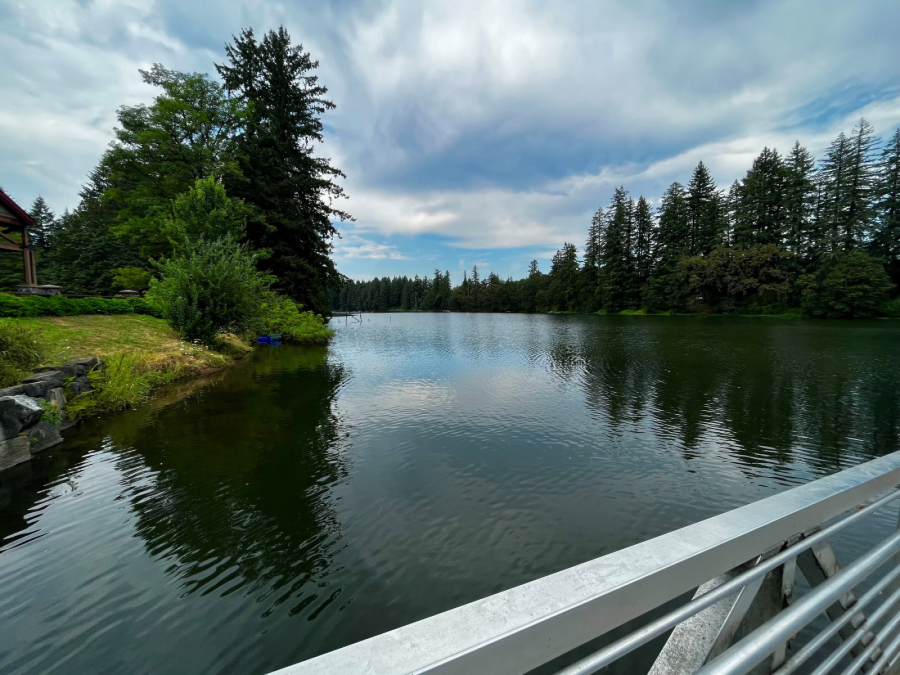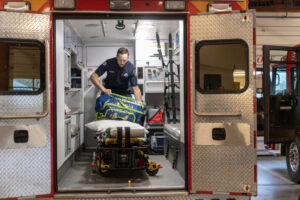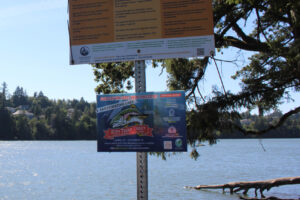The small group of dedicated Lacamas Watershed Council volunteers heads to Lacamas Lake every Thursday, rain or shine.
They gather water samples near the shores of Camas’ “crown jewel,” and bring them home to inspect under a microscope. They check the water’s temperature. They check its pH balance and, most importantly, they test for the presence of harmful cyanobacteria — also known as blue-green algae — that can sicken humans and animals that come into contact with toxic algal blooms.




